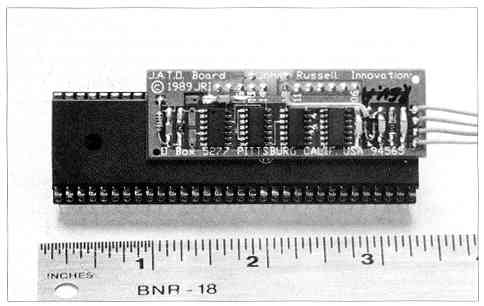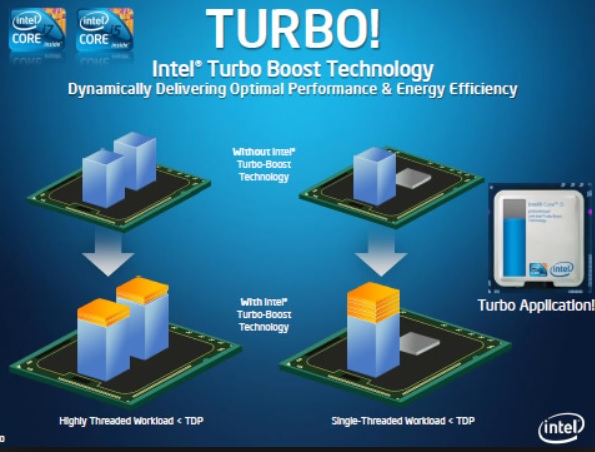

How have accelerators contributed to basic science? Particle detectors record and reveal the particles and radiation that are produced by the collision between a beam of particles and the target. Particles can be directed at a fixed target, such as a thin piece of metal foil, or two beams of particles can be collided. Electromagnets steer and focus the beam of particles while it travels through the vacuum tube.Įlectric fields spaced around the accelerator switch from positive to negative at a given frequency, creating radio waves that accelerate particles in bunches.
Does cpu speed accelerator work free#
The vacuum is crucial to maintaining an air and dust free environment for the beam of particles to travel unobstructed. The beam of particles travels inside a vacuum in the metal beam pipe. The particle source provides the particles, such as protons or electrons, that are to be accelerated. Particle accelerators use electric fields to speed up and increase the energy of a beam of particles, which are steered and focused by magnetic fields. Linear accelerators are used for fixed-target experiments, whereas circular accelerators can be used for both colliding beam and fixed target experiments. Circular accelerators propel particles around a circular track. Linear accelerators propel particles along a linear, or straight, beam line. There are two basic types of particle accelerators: linear accelerators and circular accelerators. On a basic level, particle accelerators produce beams of charged particles that can be used for a variety of research purposes. What is a particle accelerator?Ī particle accelerator is a machine that accelerates elementary particles, such as electrons or protons, to very high energies. Today, there are more than 30,000 particle accelerators in operation around the world. Since the early days of the cathode ray tube in the 1890s, particle accelerators have made important contributions to scientific and technological innovation.

Whether it’s medical or scientific research, consumer product development or national security, particle accelerators touch nearly every part of our daily lives.


 0 kommentar(er)
0 kommentar(er)
